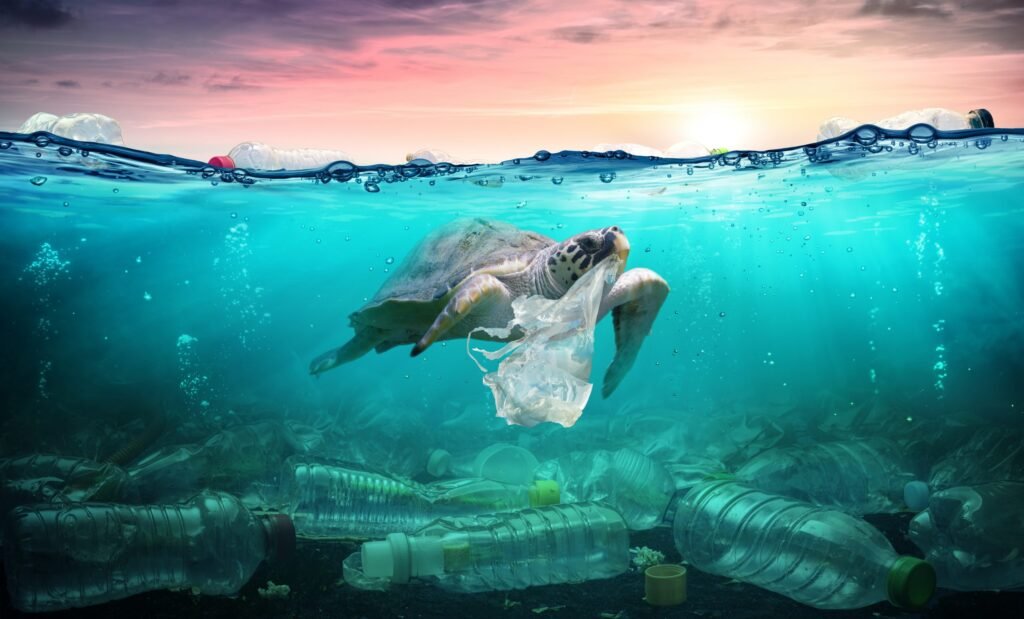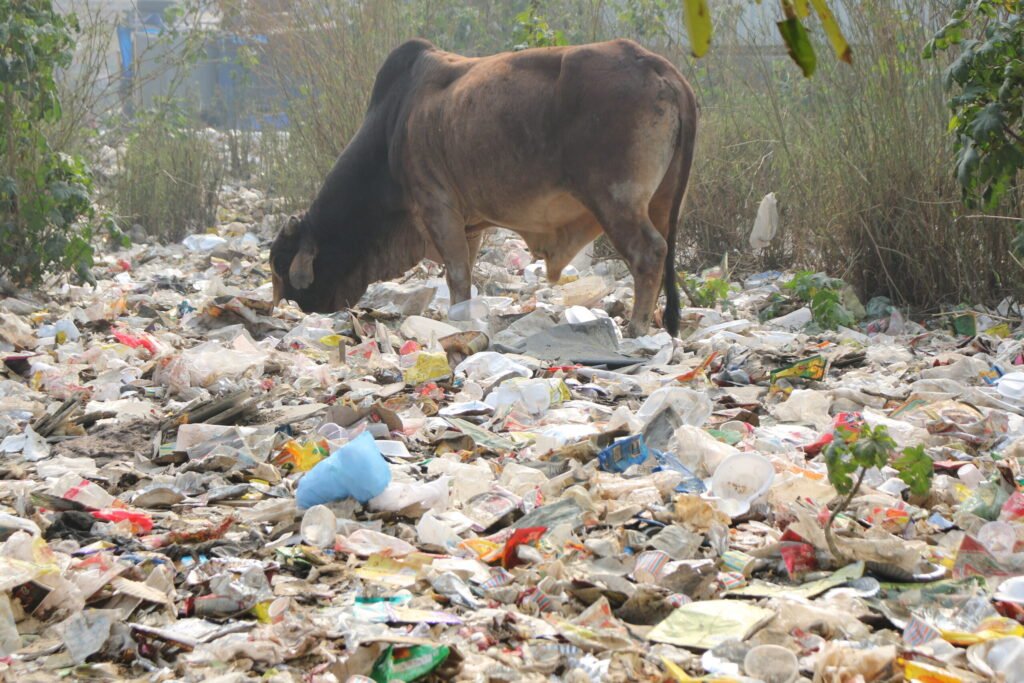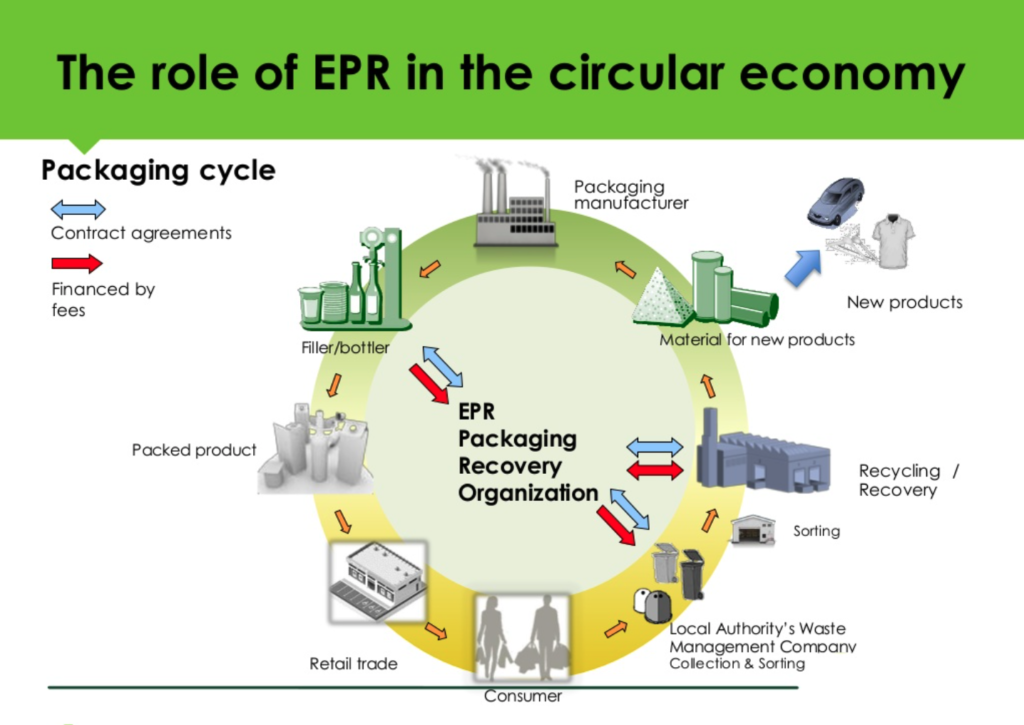According to researchers from the Intergovernmental Panel on Climate Change, plastic production and disposal resulted in 850 million tons of greenhouse gas emissions in 2019 and may be responsible for up to 2.8 billion tons by 2050.
With numbers like these, it’s no secret that many solutions to the world’s plastic problem go hand-in-hand with solutions to the climate crisis.

As plastic problem continues to grow every year, the space to manage these plastics becomes more and more finite. One solution nations have found to this issue is to simply burn the waste.
This method not only produces toxic gases and disperses pollutants into our air, but also is responsible for 38 percent of all the carbon emitted from plastic pollution. By advancing our capabilities around other plastic disposal methods instead of incineration, we could cut out one third of carbon emissions from plastic pollution.

By advancing our capabilities around other plastic disposal methods instead of incineration, we could cut out one third of carbon emissions from plastic pollution. Some of these other methods are – Recycling, Extended Producers’ Responsibility program .

One final way that we can greatly reduce the plastic problem is to invest in plastic alternatives like biodegradable food containers; and to support plastic policies, such as plastic bans, in all levels of governments.
With collective action we can create a future free of plastics and give generations to come a more stable and healthy environment.
Reference- Forbes, The Guardian, BBC, Intergovernmental Panel on Climate Change website






